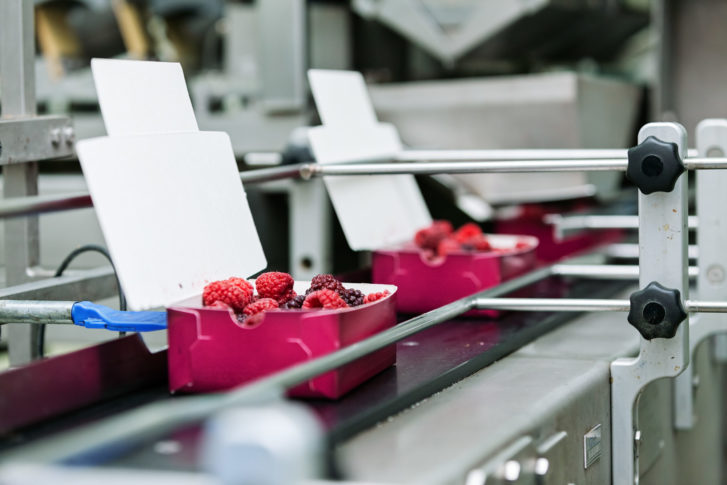
This is What You Should Know About
Radiation Safety in
Food X-Ray Inspection
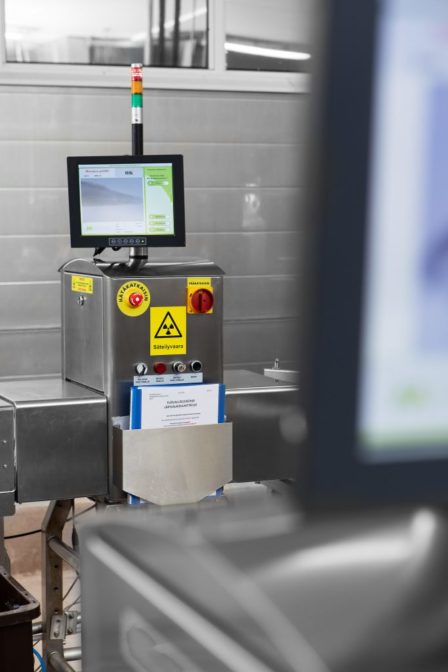
Radiation Safety in Food X-ray Inspection
Inspection systems based on X-ray technology are used in food production to detect physical contaminants and quality defects without damaging the packaging or the product itself.
The technology has been around for a long time, mostly in the medical and security industries, but during the last decade, it has become a more common choice for a food safety inspection as well.
Food producers, who are not familiar with X-ray technology could have reservations about utilizing the technology in their production environment. Sometimes they might be concerned if the X-ray system is safe for the operators, or if the radiation could affect the food product in any way.
On this blog, we are going to focus on these topics to clarify how X-ray inspection is safe inspection solution for food producers.
X-RAY TECHNOLOGY AND RADIATION SAFETY
Firstly, it is important to point out that X-rays – especially the ones used for food inspection – should not be confused with other radioactive materials. Radioactive materials, such as uranium, emit radiation continuously and cannot be switched off.
X-rays, however, are only produced when the generator is switched on and the system is connected to a power supply. This means that the X-rays are controlled, when switched off the radiation stops instantaneously.
A properly installed and maintained X-ray system does not possess any safety risks for the user or the inspected products. The X-ray generator is placed inside a protective cabinet, which together with the protective lead curtains prevent any outside radiation and create a closed cabinet X-ray system. There are also systems without protective lead curtains, in these curtainless systems the radiation is controlled by mechanical design solutions that block the X-rays.
All systems are equipped with necessary safety sensors, making sure no one places their hands or other body parts inside the system or opens any service panels while X-ray is turned on.
Secondly, it is good to keep in mind that we are all exposed to natural background radiation all the time. In a recent estimate, an average person receives around 3,000 microsieverts (μSv) dosage of natural radiation per year, which is far more than the exposure received when working near a food X-ray inspection system.
A common limit for radiation from an X-ray system is around 5 μSv per hour (or 500 μrem per hour in the US), depending on the county or state. X-ray systems usually have significantly lower levels of outside radiation than these limits.
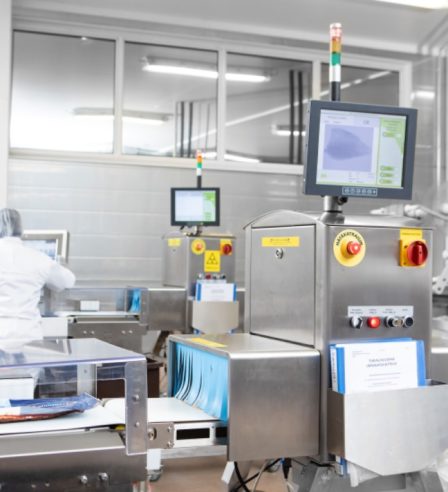
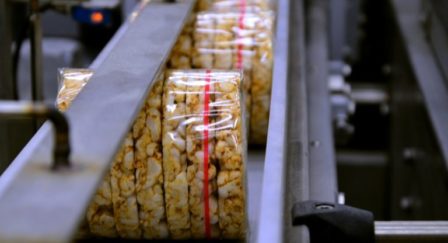
what about the safety of food products?
In compact X-ray systems, where the generator is placed close to the detector, we can use even lower X-ray power. This helps to increase the generator lifetime, saves power and makes sure that the food products receive only the needed amount of radiation for ensuring product safety.
According to a study by the World Health Organization, radiation levels up to 10 x 109 μSv have no effect on the safety or flavor, texture and nutritional values of food products. This amount of radiation is around ten million times stronger than what is used in normal food X-ray inspection.
Food irradiation is another matter altogether. Its purpose is to kill insects, parasites or bacteria in food, and therefore it takes a lot more power and radiation to accomplish that – almost a billion times more than the amount of radiation used to X-ray food for safety and quality inspection.
LIMITS AND REGULATIONS
X-ray technology has been used in the food inspection for decades. It has been tested and proven to be safe for food products and the people working near the system when installed and maintained properly.
X-ray inspection is highly regulated everywhere, but the regulations can vary from place to place even though there are similarities in the radiation levels and measurement methods. The systems operate within tight safety limits and are regulated by each country’s or region’s own authorities.
For example, in EU there is a directive 1999/2/EC, which regulates the radiation energy levels of the X-ray systems used to inspect foodstuffs. As Mekitec’s X-ray systems operate with X-ray radiation energy level below 100 keV which is 100 times smaller than the maximum allowed level 10 MeV, the directive 1999/2/EC doesn’t apply to foodstuffs inspected by Mekitec’s inspection systems.
The permitted amount of radiation outside the system is extremely low, but the definite limit is set by each authority. Within the food industry, the expectations for radiation levels are often far below the limits set by authorities.
By following safety guidelines and keeping the system well-maintained, the modern low power X-ray systems provide a safe working environment and excellent detection performance for food producers globally.
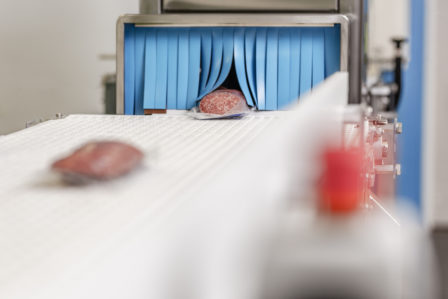
we want to help you
Want More Info About Mekitec?
Ream more about Mekitec X-ray inspection systems and contact us to book an Application Test to know the exact detection performance for your products!
Learn More About X-Ray Systems